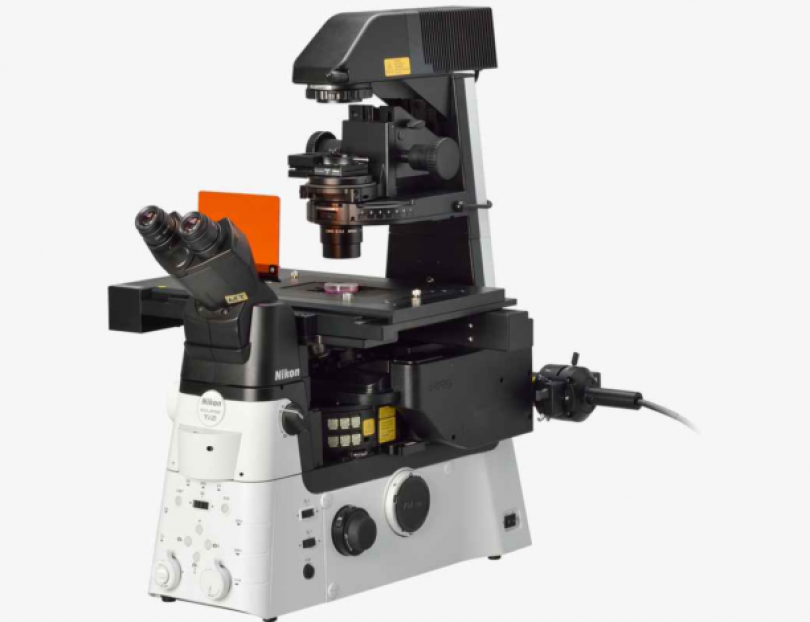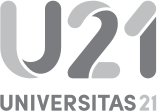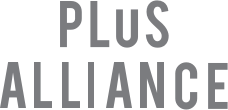Common Applications
| Live Cell Imaging: | Many biological processes are dynamic events and as such observing living cells is crucial to unravelling and understanding the mechanisms behind them. This requires special considerations when imaging. Firstly, the environmental conditions must be controllable and stable to ensure the cells remain healthy. Secondly care needs to be taken that the act of imaging has as little impact as possible on the event being observed. This microscope has fully enclosed heated chamber and CO2 supply for short or long term live cell imaging. |
| Cell Migration: | This broad term is used to refer to any processes that involve the translation of cells from one location to another. This may include development, wound healing, invasion of cancer cells, immune response. This microscope is equipped with definite focus system, PFS, which is perfect for this type of application. |
| TIRF | Total Internal Reflection Fluorescence microscopy exploits the unique properties of an induced evanescent wave or field in a limited specimen region immediately adjacent to the interface between two media having different refractive indices. In practice, the most commonly utilized interface in the application of TIRF is the contact area between a cell and a glass coverslip or tissue culture container. |
| Single Molecule Imaging | Single molecule at the surface of a cell using TIRF (N-STORM) modality or within single cross section of cells using HiLo modality. Cooled EMCCD camera is perfect for capturing single molecules at detectable signal to noise. |
| Intravital Imaging | Intravital imaging is the observation of biological processes in living animals/tissue. It introduces new challenges such as achieving higher penetration depths and dealing with sample mobility. Appreciating that how cells respond in tissue culture has often been shown to be largely different from their response in their true environment makes intravital imaging a crucial step in understanding biological systems. This microscope can do intravital imaging at single molecule level within first few micrometers of an epithelium. |








